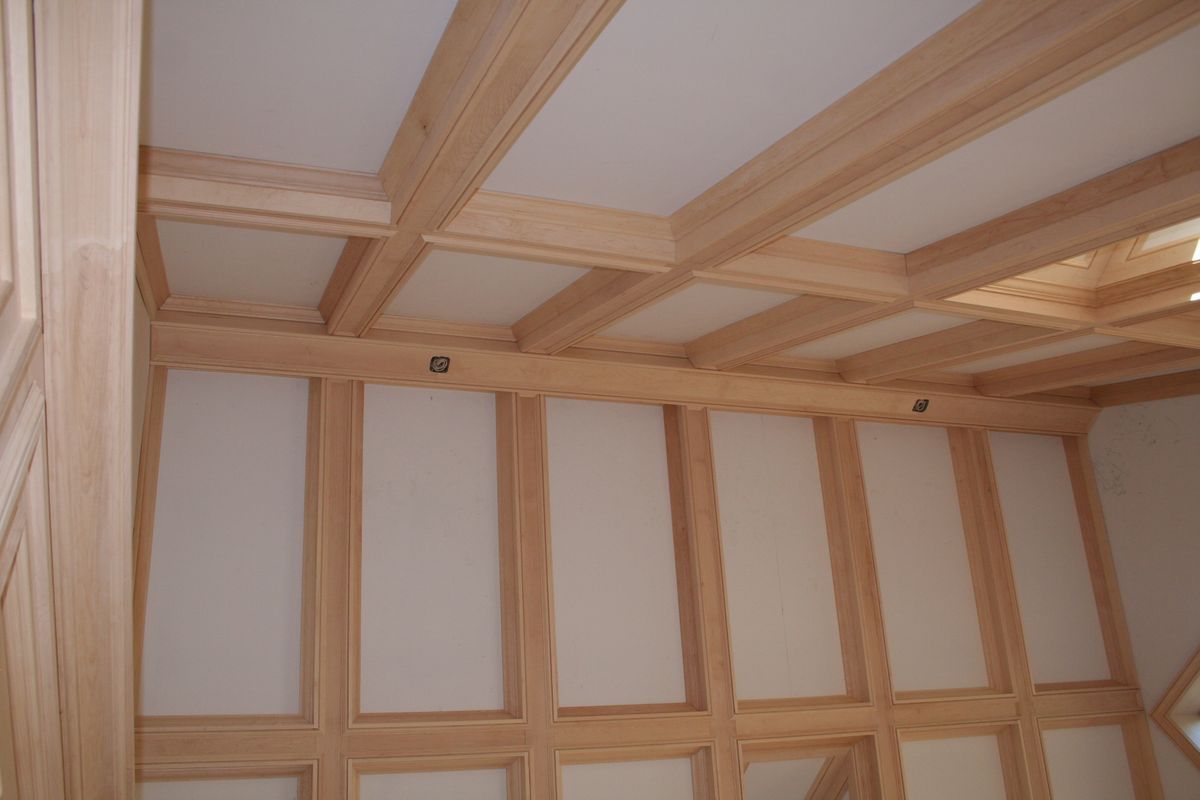Q.
I know I can find nitrocellulose lacquer virtually anywhere, but I can only find clears (in various sheens), blacks, and whites. Can anyone tell me where I can find nitrocellulose lacquer in colors? You know, burnt umber, raw umber, burnt sienna, yellow, etc.?
The supplier of your lacquer should be able to get the recommended colorant for it. But if not, these products will be suitable. The important thing in making your own toners, shaders, and opaque lacquers is making sure that the colorants are dispersed properly into your lacquer. That requires good mixing techniques. Sometimes it is easier to "let the colorant down" (reduce) in some lacquer thinner, or even one of the solvents.
There could be an issue that if you add too much colorant you will be throwing off the chemical balance that the lacquer manufacturer formulated for your lacquer. That is why you have to seek the advice of the supplier.
Paste colorants are different from universal tinting colors (UTCs). UTCs are for kicking a color, not for providing that full color strength.
A good tinting/toner (equalizer spray) mix will start out with a white base and have some tinting colors mixed into it. The tinting/toner should be mixed so that it has almost no body (resin content), just color, solvent vehicle, and enough lacquer to act as a binder (not enough to build a film with). You can use very small quantities of color concentrates instead of UTCs.
Make sure when you are adding color concentrates (paste colorants) that the colorant is chemically compatible with the lacquer to which you are adding it.
In addition, paste colorants are pigmented color concentrates. Instead, you could add dye stains (NGRs or dye stain concentrates). You will get no opacity from this type of mix because dye stains are transparent. So you can create nice transparent toners and shading lacquers.
Beware that when you use dyes under a catalyzed coating or a precatalyzed coating, there could be color shifting. Using these products should be done with the advice of your finish supplier, as should adding pigmented color concentrates.
If using nitrocellulose lacquers, the Huls 844 line of pigments is fine. The problem when you make colors from clears using aftermarket colorants is that the "hiding" is not very good. And, if you load the clear with too much pigment, the mar resistance is very poor.
This is where it is nice to use a monochromatic system to make colors, or use colorants that are basically a ground colorant slurry in a like-resin system. Many good distributors are set up to tint coatings in this manner and if you would like to be set up to do this just ask them to do so. Nothing could be finer than a customer who wants to do his own tinting!
Bob Niemeyer, forum moderator
--------------------------------------------------------------------------------
